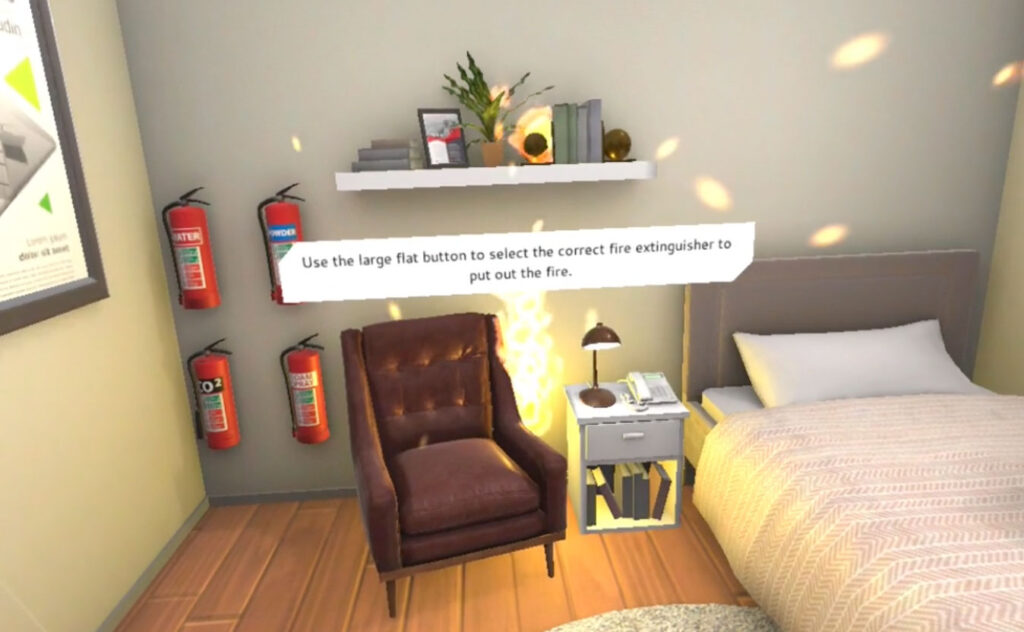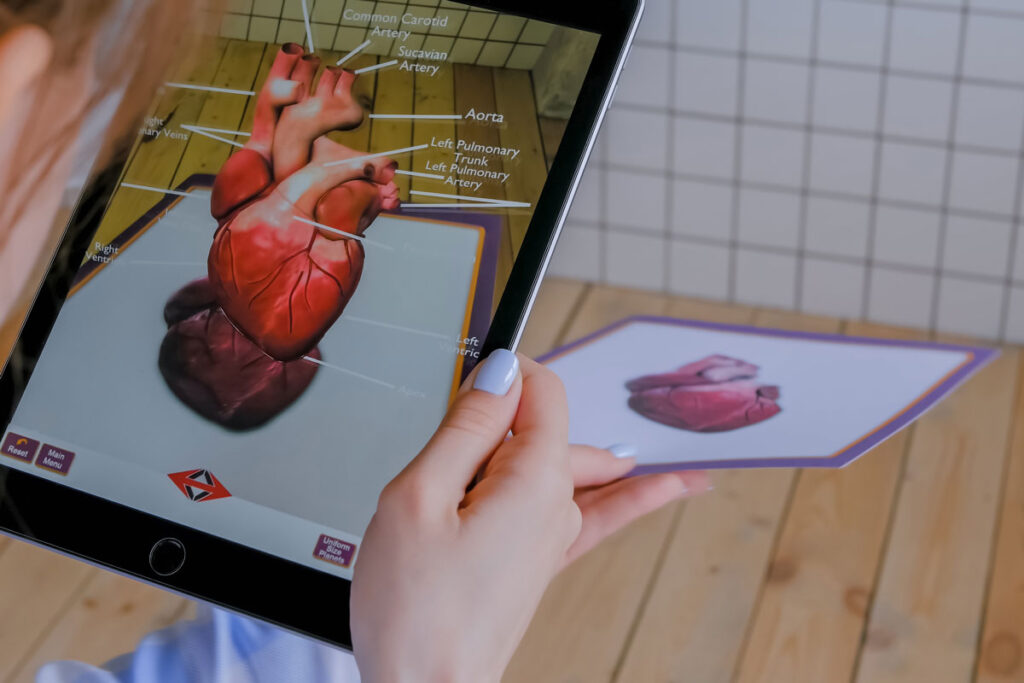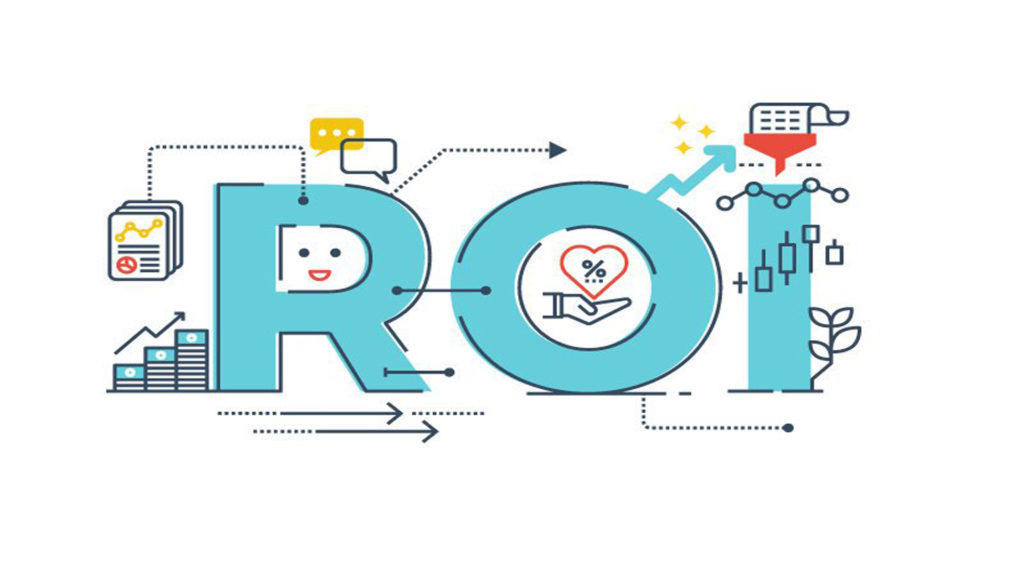5 Benefits of VR for Educating & Training Employees
Virtual reality in education is a tremendously powerful concept, with the potential to engage students far exceeding that of teaching methods which, even in recent years, were thought of as ‘innovative’: online education via remote meetings, or picture-based lessons for visual learners, for example. Here, we’ll explore the educational benefits behind VR headsets as they relate to business.
1. Create real world environments
There are many areas you might need to educate staff on, where providing a controlled environment for them to learn safely in is simply impossible. Think of sectors such as aviation, healthcare, manufacturing, energy supply or defence – learning-on-the-job is not only costly and impractical, it’s fundamentally dangerous.
VR eliminates this as an issue. By providing an immersive experience, we can replicate a hazardous situation without the risk. Crucially, the digital world approximates the real world so closely that it enables learners to practice and perfect their skills in a lifelike setting; they get hands-on-the-wheel experience, so to speak, with no danger of a road accident.
2. Accelerate the process of learning
People don’t just learn better by doing – they learn faster, and in business, time is always money. The quicker you can onboard, educate and train staff, the more you’ll be able to elevate productivity and cost-efficiency. In this way, VR technology represents an unprecedented ROI in terms of learning tools.
Moreover, consider the benefits of learning in a distraction-free environment. With fully immersive technology, there is no window to gaze out of; you aren’t interested in fiddling with paper or tapping a pencil; there are no noisy neighbours, chatting about the weekend or loudly eating crisps – or, if there are, they are so far removed from your sphere of focus that they cease to impede your learning. The less that training staff are distracted by the hubbub of life going on around them, the quicker and more effectively they’ll be able to learn – and for your business, this equates to optimal cost-efficiency.
3. Capitalise on the way the brain learns naturally
We’ve mentioned it already, and it bears repeating: people learn best by doing. Acquiring experience, as opposed to passively absorbing information, is a spectacularly effective method of upskilling, retaining information and changing behaviour. There’s a reason we learn to drive behind the wheel of a car, rather than from a textbook, after all.
Back in the 1980s, McCall, Lombardo and Eichinger proposed the 70:20:10 model of learning. This essentially argues that 70% of what people learn comes from task-related experience, 20% comes via observing others, and just 10% comes from formal learning. VR education allows you to position most, if not all, of your staff’s learning in that 70%, because the technology allows them to actually ‘do’ the task they’re training for; they just do it in a virtual space, rather than a physical one.
4. Enable remote training and accessible learning
Another massive payoff of providing training through VR education is that it can be done from practically anywhere in the world. Most other forms of learning require the coordination to bring staff together in the same place at the same time, and there are countless other logistical headaches to work against, such as time zone discrepancies or travel arrangements. Consequently, important training is often extremely inaccessible.
VR does away with accessibility as a concern. Staff in any location, at any time, can participate in crucial upskilling exercises with just a minimal amount of equipment and connectivity.
It also drastically reduces the need to facilitate travel and accommodation, improving the carbon footprint of your company. Furthermore, accessible virtual learning eliminates the low-value, logistical downtime of moving between locations, which improves the efficiency and productivity of each individual employee.
5. Cut costs and improve ROI
Although facilitating VR in education does require some initial investment in software and equipment, it is an evergreen investment; that is, it doesn’t expire, and can be used and adapted continually. More to the point, that initial outlay is massively outweighed by the savings it enables, such as repeatedly booking locations or hiring experts to speak.











